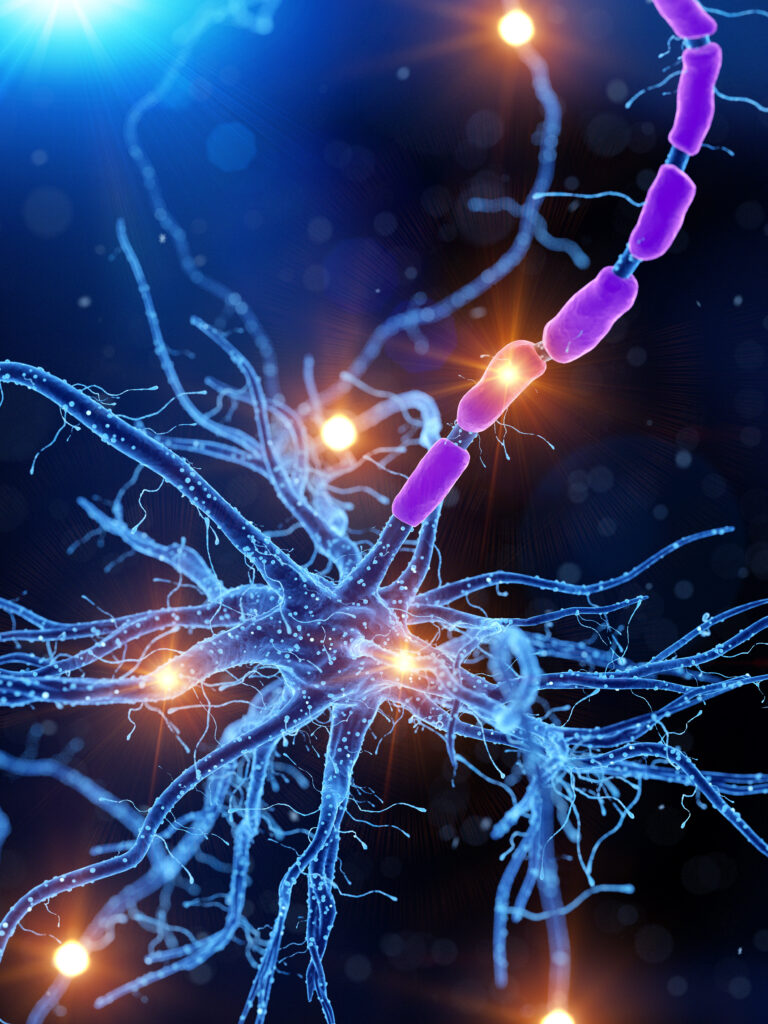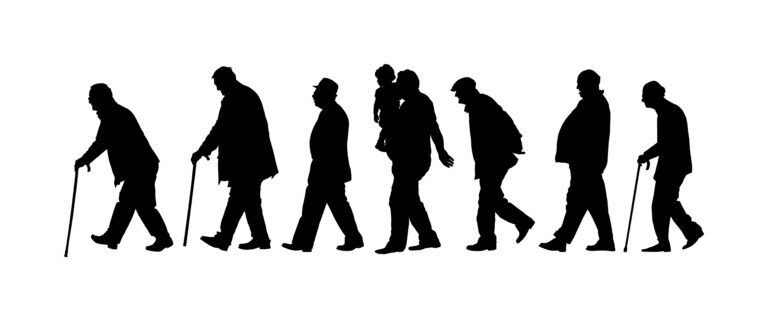Alzheimer’s disease is a progressive brain disorder that slowly destroys memory and thinking skills, and eventually the ability to carry out simple tasks. It is a type of dementia that affects millions of people worldwide, with the majority of cases occurring in individuals over the age of 65. While there are different forms and stages of Alzheimer’s disease, late Alzheimer’s is its most advanced stage, characterized by severe memory loss and an inability to communicate.
The Symptoms of Late Alzheimer’s:
Late Alzheimer’s is a debilitating disease that affects both the individual and their loved ones. In this stage, the symptoms become more severe and impact daily life significantly. The most noticeable symptom of late Alzheimer’s is severe memory loss. This includes difficulty remembering recent events, names of family members and friends, and even forgetting one’s own personal information.
Individuals in the late stages of Alzheimer’s also experience difficulty in performing even simple tasks. They may struggle with basic activities of daily living such as dressing, bathing, and eating. This is because the disease affects their motor skills and coordination, making it challenging to carry out these tasks independently.
Moreover, individuals with late Alzheimer’s may also have trouble communicating. They may struggle to find the right words or fail to recognize familiar faces and objects. This can lead to frustration and agitation in both the individual and their loved ones.
Other symptoms of late Alzheimer’s include changes in mood and behavior. People with the disease may become withdrawn, agitated, or even aggressive. They may also experience hallucinations or delusions, making it difficult for them to distinguish between reality and imagination.
Risk Factors for Late Alzheimer’s:
While the exact cause of Alzheimer’s disease is still unknown, researchers have identified several risk factors that may increase the likelihood of developing the disease. These include age, family history, genetics, and lifestyle factors such as diet and exercise.
As individuals age, the risk of developing Alzheimer’s increases. In fact, the majority of people with late Alzheimer’s are over the age of 65. Additionally, having a family history of the disease also increases the risk, as genetics play a significant role in its development.
The Role of Genetics:
There are two types of Alzheimer’s disease: early-onset and late-onset. Early-onset Alzheimer’s is rare and affects individuals under the age of 65. It is caused by mutations in specific genes that are inherited from a parent. However, late-onset Alzheimer’s, which is the most common form of the disease, is not caused by one specific gene. Instead, researchers believe that it is influenced by a combination of genetic and environmental factors.
Studies have shown that individuals with a particular form of a gene called APOE are at a higher risk of developing late Alzheimer’s. However, having this gene does not guarantee that a person will develop the disease. It simply increases their susceptibility.
Diagnosis and Treatment:
Diagnosing late Alzheimer’s can be challenging as there is no single test that can definitively diagnose the disease. Doctors rely on a combination of physical exams, cognitive assessments, and brain imaging to rule out other possible causes and make a diagnosis.
While there is currently no cure for Alzheimer’s disease, there are treatments available that can slow down its progression and improve quality of life. These include medication to manage symptoms such as memory loss and behavioral changes, as well as therapy to help with communication and daily living activities.
Caring for Someone with Late Alzheimer’s:
Caring for someone with late Alzheimer’s can be physically and emotionally challenging. As the disease progresses, the individual will require more care and assistance with daily activities. This can be overwhelming for caregivers, who often have to balance their own needs with those of their loved one.
It is essential for caregivers to seek support and resources to help them cope with the demands of caring for someone with late Alzheimer’s. This can include joining support groups, seeking respite care, and finding ways to take care of their own well-being. It is also crucial for caregivers to educate themselves about the disease and seek guidance from healthcare professionals.
In Conclusion:
Late Alzheimer’s is a devastating disease that affects not only the individual but also their loved ones. As the disease progresses, the person may lose their ability to remember, communicate, and carry out daily activities. While there is currently no cure, early diagnosis and treatment can help slow down its progression and improve quality of life. It is essential for caregivers to seek support and resources to help them cope with the challenges of caring for someone with late Alzheimer’s. Through education, understanding, and support, we can work towards creating a more compassionate and inclusive society for those living with this disease.





